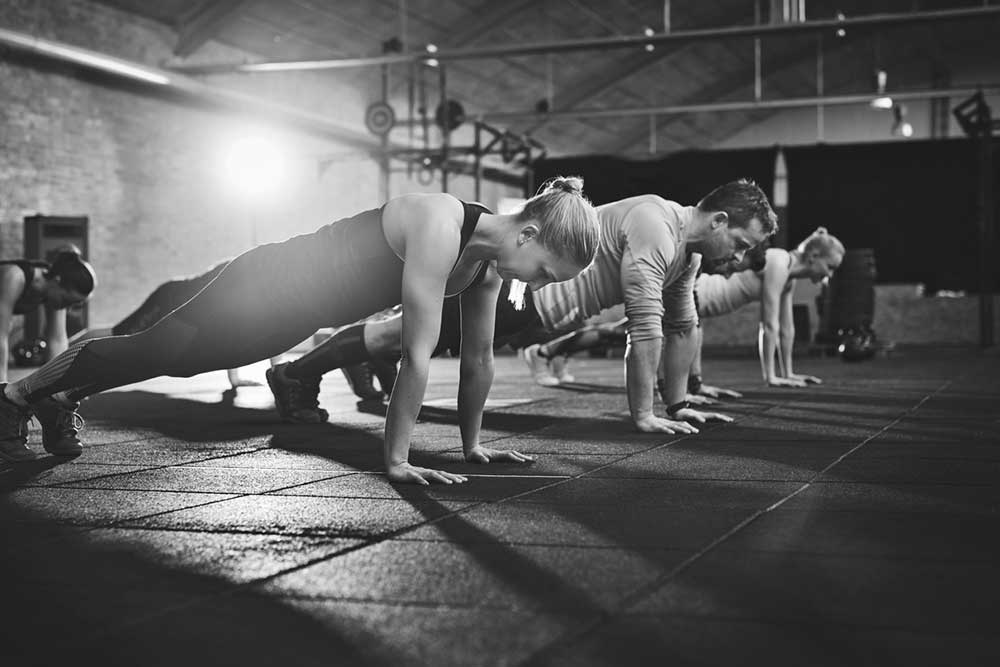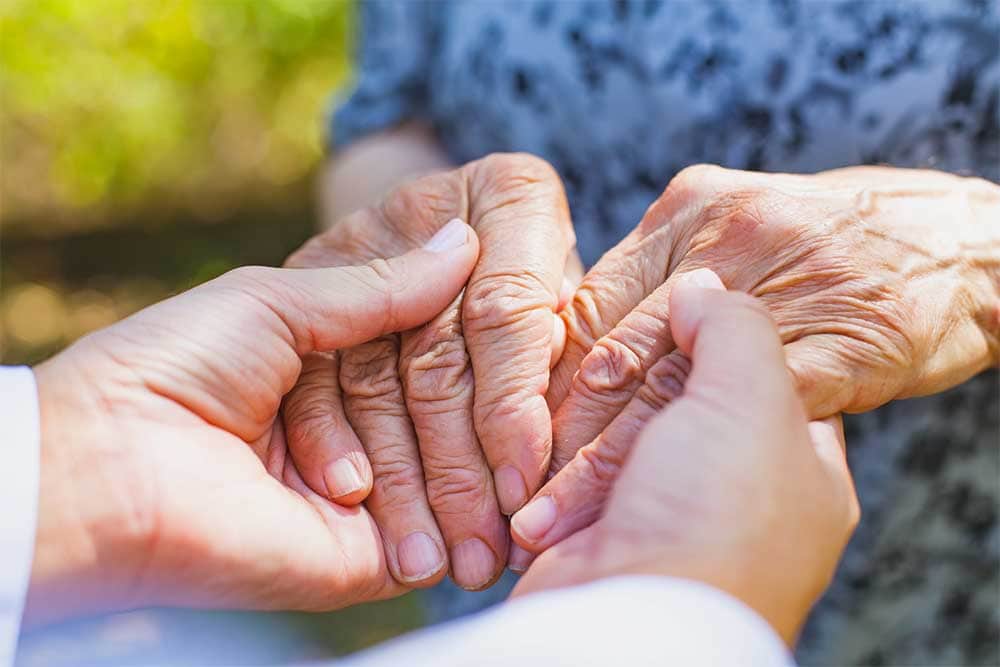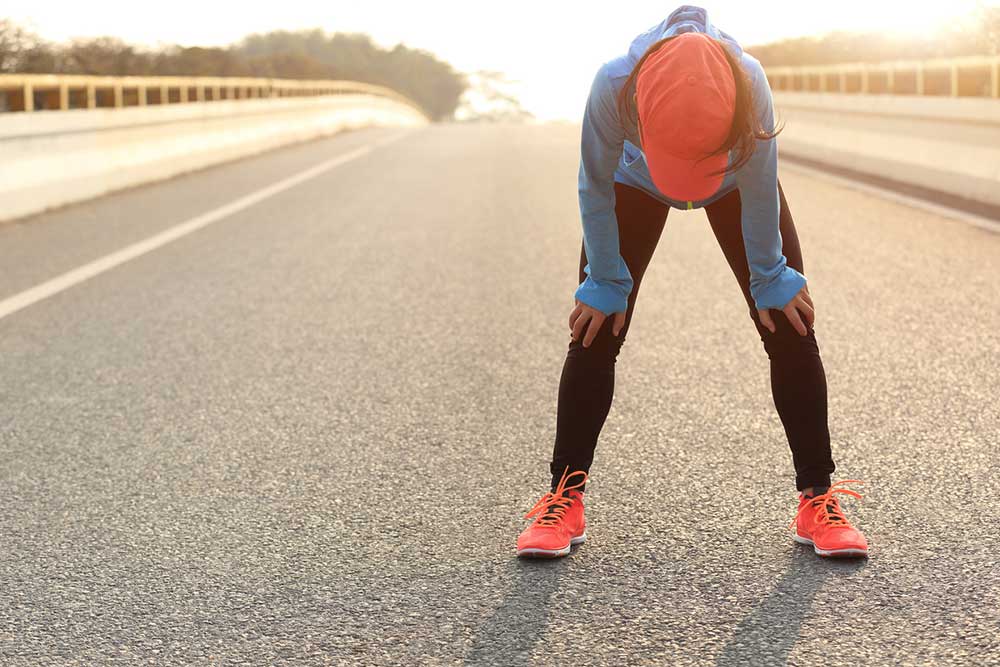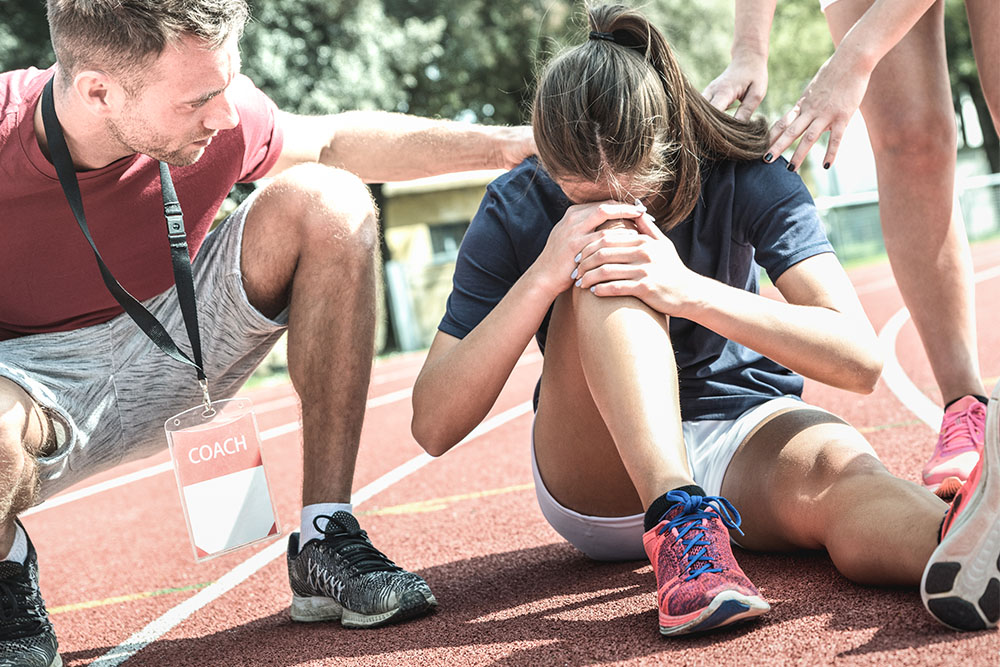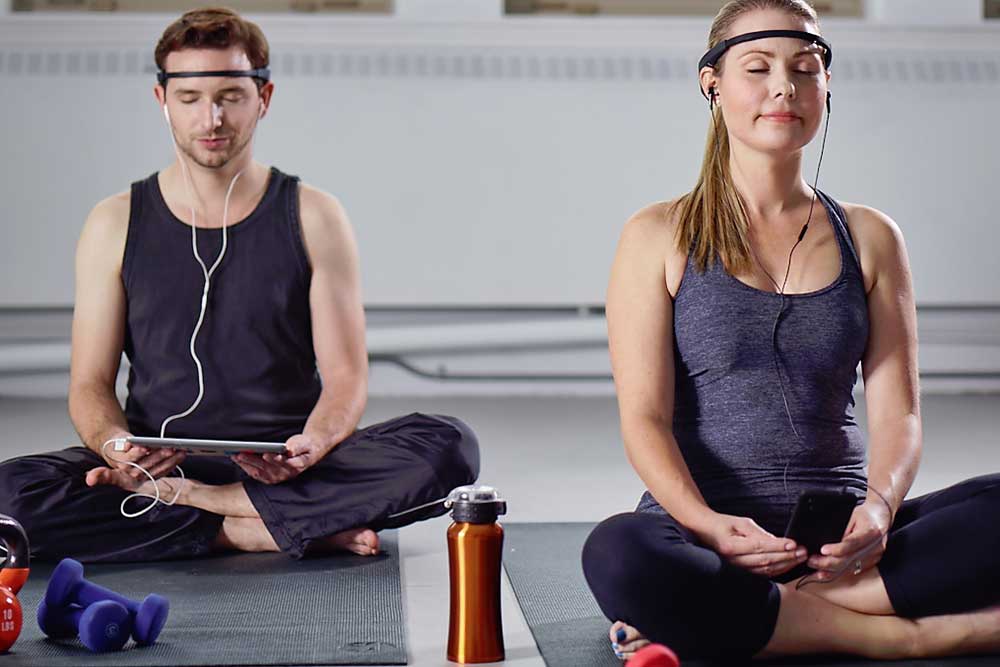4 Key Risk Factors For Concussions
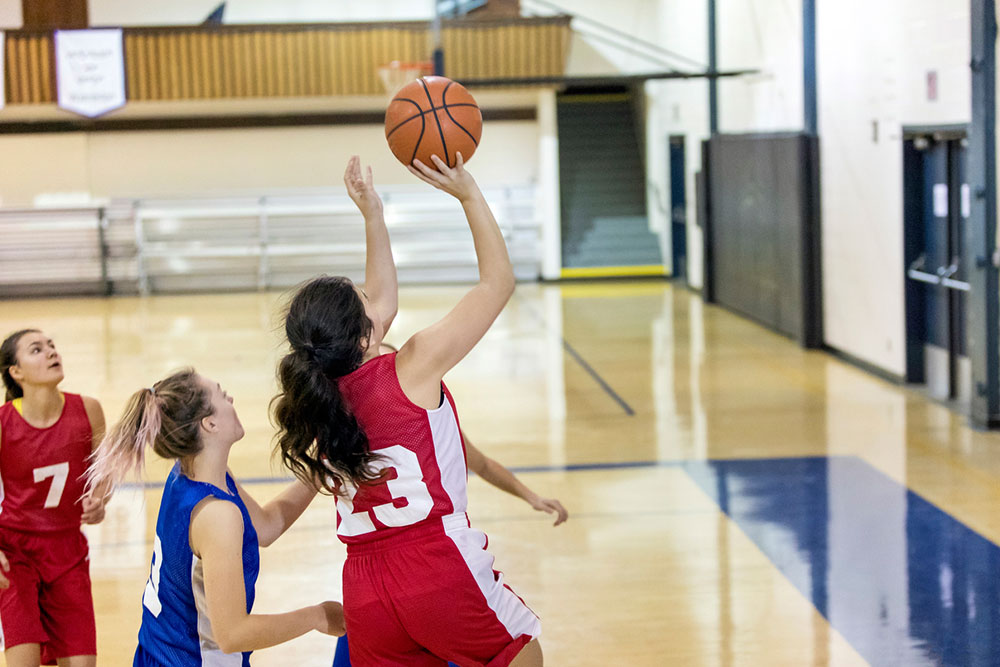
Catherine O’Brien
Last week’s article introduced the topic of concussion and addressed the role of sport participation in concussion risk. This week I am going to discuss some other key factors that increase risk for concussion.
Risk Factors
While it is clear that participating in contact sports and riding in automobiles increases risk of concussion, there are some risk factors of which many may be unaware. In Guay et al.’s paper, The Era of Sport Concussion- Evolution of Knowledge, Practice and the Role of Psychology contributing risk factors include:
1. Gender
 Regardless of gender, when it comes to contact sports, both males and females are at a greater risk for concussion during competitive play compared to practice.
Regardless of gender, when it comes to contact sports, both males and females are at a greater risk for concussion during competitive play compared to practice.
Interestingly, however, among comparable sports, females had a greater incidence of concussion compared to males. The mechanisms by which males and females tend to be concussed vary as well. Females are more likely to be concussed as a result of contact with the ground, court etc. and males are more likely to be concussed as a result of player to player contact. Guay et al. do point out, however, that women’s basketball may provide an exception to this trend such that concussions sustained in women’s basketball play may be attributed more so to player to player contact.
2. Cultural Background
 From a cultural perspective, there is not much research suggesting differences in the prevalence of concussion across racial groups but there is some research on the response and presences of symptoms across various cultural groups.
From a cultural perspective, there is not much research suggesting differences in the prevalence of concussion across racial groups but there is some research on the response and presences of symptoms across various cultural groups.
Research conducted by Zakzanis and Yeung (2011) examined the baseline symptoms of post-concussion syndrome in healthy adults across numerous cultures. The aim of the study was to determine if baseline scores on tests associated with post-concussion symptoms would differ based on culture.
The Findings
They administered the Rivermead Post Concussion Symptoms Questionnaire, the Beck Depression Inventory and the Beck Anxiety Inventory. Individual symptom levels indicated that African American participants displayed greater endorsement of symptoms such as headaches and poor concentration and Chinese, Filipino and Southeast Asian participants indicated greater endorsement of dizziness. Overall, non-Caucasian participants reported more post-concussion symptoms than Caucasian participants suggesting that culture may indeed be a mediating factor in reporting of PCS symptoms.
These findings may be particularly relevant to healthcare professionals who treat concussion as it highlights the need to treat each patient individually and to understand that concussion can present differently on different individuals.
3. Recurrence
 Another key risk factor associated with concussion is history of previous concussion.
Another key risk factor associated with concussion is history of previous concussion.
Research conducted by Bruce and Echemendia (2004) examined whether history of concussion contributed to presence and intensity of post-concussion symptoms following a concussive episode.
Participants were obtained from a sample of male Division I athletes and after administering initial screening questionnaire, 27 male athletes who had experienced a previous concussion (PC) and 30 male athletes who had no previous concussion (NPC) were entered into the study.
All participants completed The Post-Concussion Symptom Scale (PCS) to assess physical, emotion and cognitive symptoms associated with concussion. Measures were taken prior to injury and post injury.
The Findings
They hypothesized that participants who had experienced a previous concussion would report more symptoms at baseline and after a concussive episode compared to those who did not have a history of concussion.
In line with their hypothesis, PC athletes were more symptomatic at baseline compared to NPC athletes and the control. Results demonstrated that 2 hours post injury, athletes who had a previous concussion (PC) actually had fewer symptoms than NPC participants. As time passed, however, the researchers hypothesis was supported and a week post-injury, PC athletes had more symptoms than NPC athletes.
This finding suggests that presence of previous concussion may lead to extended recovery time for subsequent concussions. Bruch and Echemendia speculate that a possible reason for PC athletes to report lesser symptoms 2 hours post injury compared to NPC athletes could be that PC athletes have a familiarity with the symptoms and thus a diminished perception of the severity.
4. Genetics
 A final factor that I will discuss regarding concussion is the genetic component. Guay et al. reference studies that examine the tie between apoliproprotein E (APOE) and concussion.
A final factor that I will discuss regarding concussion is the genetic component. Guay et al. reference studies that examine the tie between apoliproprotein E (APOE) and concussion.
According to The National Institute of Health, the APOE gene combines with fats in the body to form lipoproteins which are integral in the packaging and transporting of cholesterol through the bloodstream.
There are three variations of the APOE allele:
-
e2
-
e3 (Most Common)
-
e4
Depending on your parents’ APOE allele, you will inherit either a heterozygous (i.e. e3/e4) or homozygous genotype (i.e. e3/e3). Because the APOE gene is responsible for how we metabolize certain foods, different variations can lead to certain health risks or predispositions. As such, certain APOE genotypes benefit from adhering to particular diets.
Certain APOE genotypes are associated with increased risk for heart disease, diabetes and Alzheimer’s disease. For example, according to an article by Dr. Susan Steinbaum from Lenox Hill Hospital NYC, the APOE-4 gene is associated with increased risk for Alzheimer’s disease and coronary disease while the APOE-2 gene is associated with increased risk for diabetes. Individuals who inherit APOE-3 gene from both parents are considered to have the ideal pairing and do not need to follow a certain diet to avoid heart disease or diabetes.
*For individuals who are curious about their type, a simple blood test can determine APOE genotype.
The Research
Research done by Singh, Singh and Mastana (2006) examined the distribution of APOE genotypes in populations from India (Punjabi Sikhs, Punjabi Hindus, Maria Gonds and Koch) and the UK (Nottinghamshire, East Midlands and West Midlands).
Their findings demonstrated that British populations tended to be more heterozygous in APOE genotype than other populations. The e2 and e4 alleles had higher concentration in African and Oceanic populations whereas the e3 allele was more prevalent in Indian and Asian populations.
According to Guay et al (2016), “the APOE genotype varies by individuals with regard to the specific combination of APOE alleles” (p. 882). Research conducted by Merritt and Arnett (2016) demonstrated that among concussed individuals, the presence of the APOE e4 allele was associated with increased symptom reporting.
Other research on the APOE allele conducted by Terrell et al (2008) and Tierney et al. (2010) indicated that presence of rare APOE alleles like promotor-219 were associated with more severe concussion symptoms. This research sheds a light on a potential mechanism by which to detect concussion risk prior to concussive episode in addition to the other diseases and predispositions associated with APOE e4.
Takeaway
There is a wealth of research on concussion and Post-Concussion Syndrome. My aim for this article was to introduced some lesser known risk factors associated with concussion. In the next iteration of the Concussion Chronicles, I will discuss treatment and outcomes associated with concussion.
Related Article: Concussions In Youth Ice Hockey
References:
Bruce, J.M., Echmendia, R.J. (2004). Concussion history predicts self-reported symptoms before and following a concussive event. Neurology, 63, 1516-1518.
Guay, J.L., Lebretore, B.M., Main, J.M. et al. (2016) The era of sport concussion: Evolution of knowledge, practice and the role of psychology. American Psychologist, 71(9), 875-887.
Singh, P.P., Singh, M. and Mastana, S.S. (2006). APOE distribution in world populations with new data from India and the UK. Annals of Human Biology, 33(3), 279-308.
Steinbaum, S. (2013). Bottom Line Health: How Your ApoE Genes Lead to Diabetes or Heart Disease. Retrieved March 1, 2017, from http://bottomlineinc.com/how-your-apoe-genes-lead-to-diabetes-or-heart-disease/.
The National Institute of Health, U.S. National Library of Medicine (2012). APOE gene. Retrieved February 23, 2017, from https://ghr.nlm.nih.gov/gene/APOE#conditions
Zakzanis, K.K., Yeung, E. (2011). Base rates of post-concussive symptoms in a nonconcussed multicultural sample. Archives of Clinical Neuropsychology, 26, 461-465.
You Might Like:

